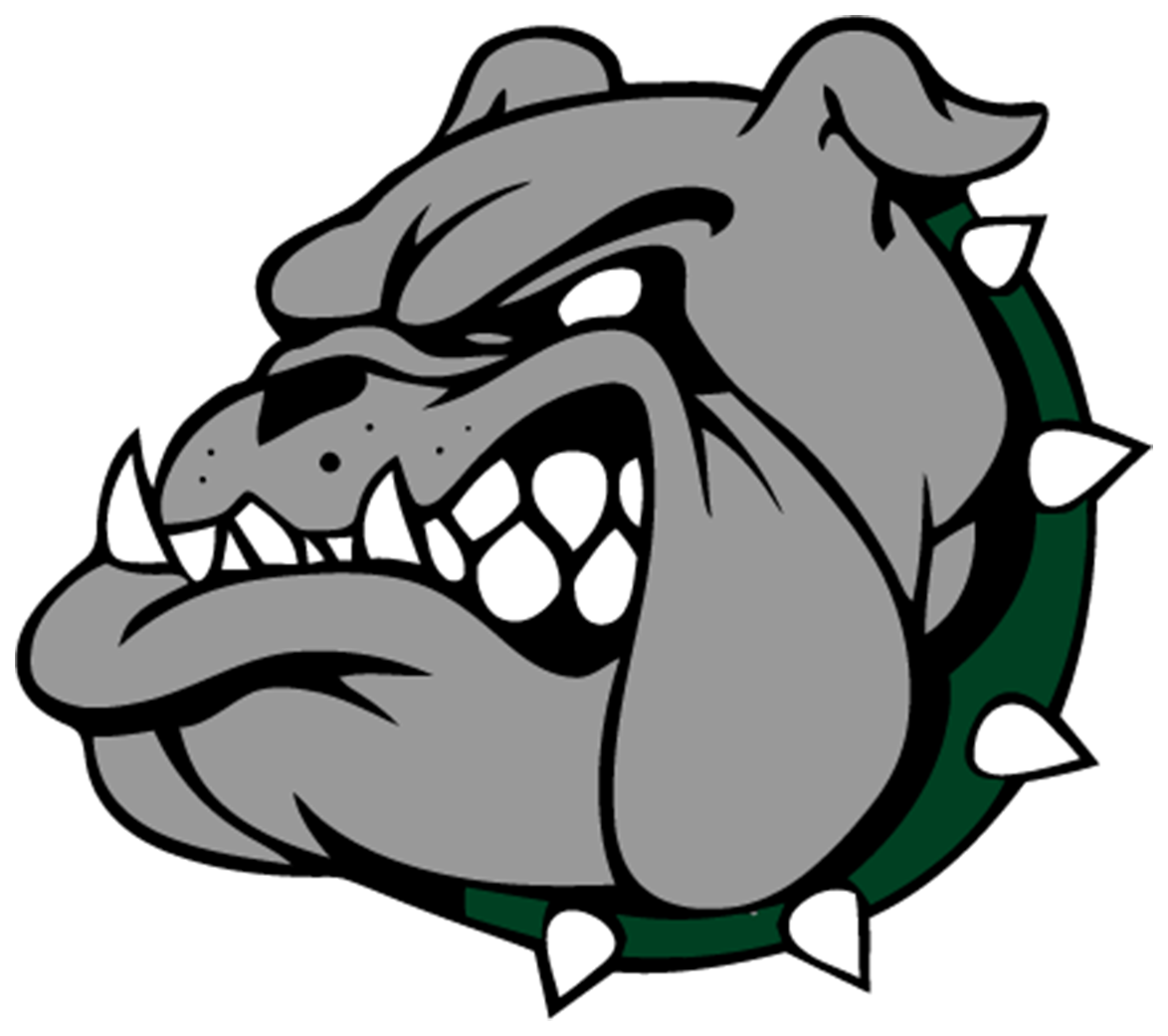Forensics Students Act as Crime Scene Analysts by Caroline Schneider
As a part of their study on criminal investigations, students in Ms. Haley Gardner’s forensics class stepped into the shoes of crime scene analysts—on a miniature scale. Ms. Gardner gave her students the freedom to come up with their own crime scene, combining science, logic, and storytelling to create a diorama. Previous to the diorama project, Ms. Gardner’s students also participated in another project, observing how chicken “corpses” change over time. Some students were inspired by this study, like junior Reagan Sullivan. “Our group did a project on how things decay outside, so we took that as inspiration,” Sullivan said.
Forensics isn’t just about solving crimes, it’s about understanding the science that reveals what happened, even if it may be a challenging process. Sullivan went on to explain some challenges she and her group faced while creating the diorama, she said, “It was challenging trying to fit everyone’s ideas into one model. We had to make a lot of compromises along the way, but I am happy with how it turned out.” Sullivan’s group member, Junior Azlyn Malatino spoke about the diorama project, she stated, “It helped me understand why photos are so important in a crime scene, and how they help to determine how it occurred.” These students didn’t just follow and analyze evidence—they crafted it as well. Sullivan spoke about her group’s diorama project, saying, “We did a great job, we had a lot of fun with it and I think it shows. I’d probably add more context to the motive of the crime. We knew how it happened but if an officer investigated it blindly, there would not be a direct motive.”
Sullivan’s teacher, Ms. Gardner, selected this project based on her teaching strategies and approach. “I try to base (or at least relate) our exploration of evidence to cases most people find interesting or exciting,” Ms. Gardner said. Teaching forensics is like giving students the keys to a mystery and teaching them how to unlock it. For instance, Sullivan learned about which forensic methods would be used to analyze her group’s diorama crime scene, she said, “We would use DNA analysis, blood spatter analysis, and firearm/tool marks analysis as the main methods.” This project was clearly a great learning experience for Ms. Gardner’s forensics class, as it showed to efficiently strengthen her students’ understanding of criminal investigations.

